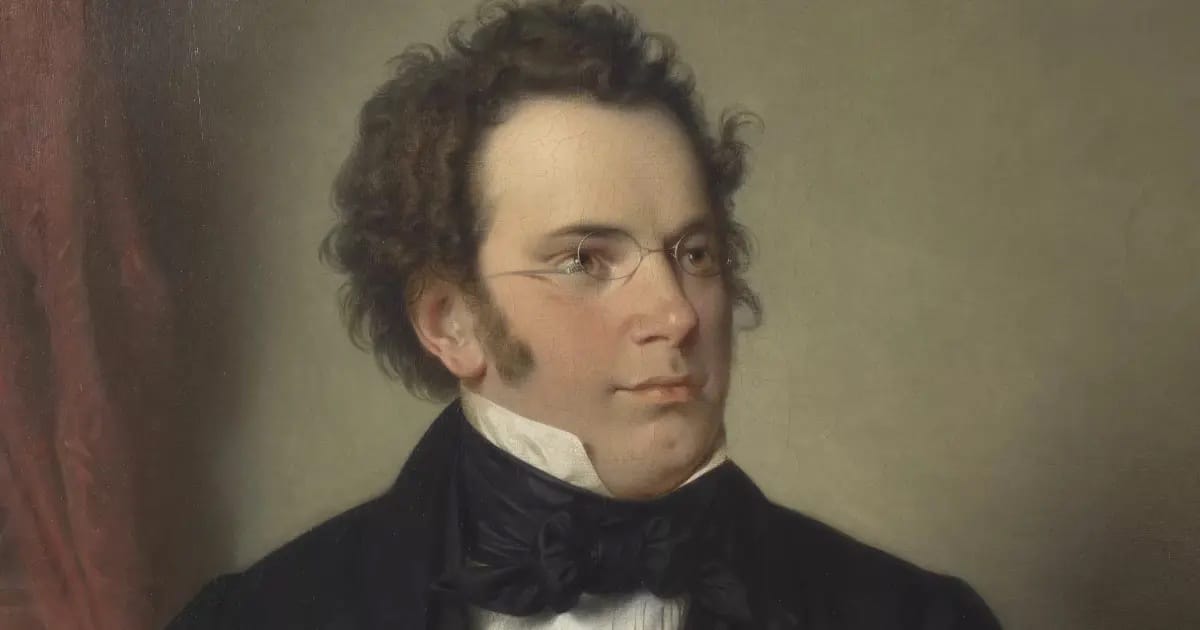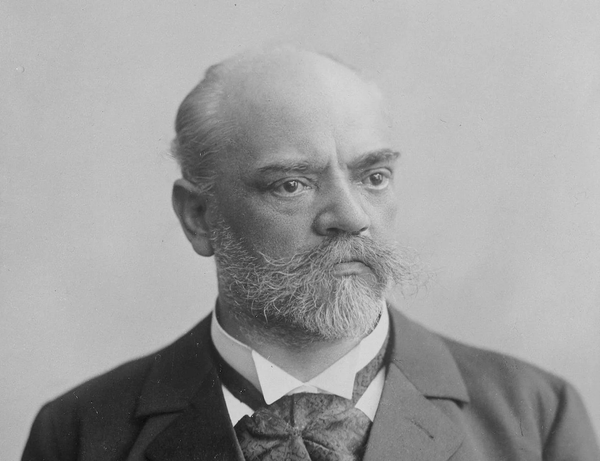Schubert’s Unfinished Symphony: The Mystery Behind Symphony No. 8
Schubert’s Symphony No. 8, the 'Unfinished Symphony,' captivates with its haunting beauty and enigmatic incompleteness. Despite being only two movements, it remains a masterpiece, inviting speculation and celebrating the profound genius of Schubert’s artistry.

Franz Schubert’s Symphony No. 8 in B Minor, popularly known as the “Unfinished Symphony,” is one of classical music’s most fascinating enigmas. Written in 1822 but left incomplete, the symphony has captivated audiences, musicians, and scholars for centuries. Its haunting melodies and exquisite orchestration have cemented its place as one of Schubert’s masterpieces, despite being only two movements long. But why did Schubert leave it unfinished? Was it deliberate, or were there circumstances that prevented its completion? This article delves into the history, music, and theories surrounding this enigmatic work.
The Context of Composition
In 1822, Schubert was at a creative crossroads. At the age of 25, he had already composed a vast repertoire of songs, chamber music, and symphonies, yet he struggled with recognition. Beethoven, his elder by 27 years, was still alive, and the towering influence of the Viennese master loomed large over Schubert and his contemporaries. Schubert yearned to establish himself as a composer of equal stature, particularly in the realm of the symphony.
The B Minor Symphony marked a significant leap in Schubert’s symphonic writing. While his earlier symphonies were charming and classical in spirit, Symphony No. 8 exhibited a newfound emotional depth and sophistication. Its dramatic opening, lyrical second theme, and poignant development showcased a composer coming into his own voice. However, despite the brilliance of the existing two movements, Schubert never completed the remaining sections.
A Symphony Like No Other
The first movement, Allegro moderato, begins with a foreboding theme in the low strings, setting a mysterious tone. The melody transitions to an achingly beautiful second theme introduced by the cellos and clarinets, underscoring Schubert’s gift for melody. The development section explores these themes with an emotional intensity that feels almost operatic.
The second movement, Andante con moto, offers a serene contrast. Opening with a gentle melody in the strings, the movement radiates a sublime, otherworldly beauty. However, it is not without tension, as moments of darkness creep into the otherwise tranquil atmosphere. Together, these two movements create a complete emotional arc, which has led some to argue that the symphony feels “finished” despite its incompleteness.
Why Did Schubert Stop?
The question of why Schubert abandoned his Symphony No. 8 has puzzled historians and musicologists for nearly two centuries. Several theories attempt to explain this mystery, ranging from practical considerations to psychological and health-related issues.
1. Health Problems
By 1822, Schubert’s health was beginning to deteriorate due to syphilis, a disease that would eventually contribute to his premature death in 1828 at the age of 31. The illness not only caused physical suffering but may also have impacted his mental state. Some scholars suggest that his deteriorating health sapped his energy and focus, preventing him from completing large-scale works.
2. Self-Criticism
Schubert was known to be highly self-critical. With Beethoven setting new standards in the symphonic genre, Schubert may have doubted his ability to match such heights. It is possible that he abandoned the symphony because he felt it was not good enough, although this seems unlikely given the extraordinary quality of the completed movements.
3. Shifting Priorities
Schubert was incredibly prolific, often juggling multiple projects simultaneously. In 1822, he was also working on his “Wanderer Fantasy” for piano, as well as numerous songs. It’s possible that he simply put the symphony aside to focus on other works and never returned to it.
4. Lost Movements
Some theorists believe that Schubert may have completed additional movements that have since been lost. There is evidence that he sketched a scherzo for the symphony, but only a few bars of it survive. Whether a full finale ever existed remains a tantalizing question.
Discovery and Legacy
Schubert’s Symphony No. 8 was virtually forgotten for decades after his death. In 1865, 37 years later, the manuscript was rediscovered by Johann Herbeck, a Viennese conductor. Herbeck was instrumental in bringing the symphony to public attention, premiering the work in Vienna on December 17, 1865. Audiences were immediately struck by its beauty and originality.
Since then, the “Unfinished Symphony” has become a staple of the orchestral repertoire, inspiring countless performances and recordings. Its unique status as an incomplete masterpiece adds to its mystique, prompting listeners to imagine what might have been if Schubert had completed it.
Speculations on a Hypothetical Completion
Over the years, several composers and conductors have attempted to complete Symphony No. 8, using Schubert’s sketches or their own imagination. While these efforts are fascinating, they often fall short of capturing the spirit of Schubert’s original movements. The inherent challenge lies in the fact that Schubert’s voice was so distinct; replicating his style without his genius is nearly impossible.
Some musicians and scholars argue that the symphony’s incompleteness is part of its charm. By leaving it unfinished, Schubert unintentionally created a work that invites endless speculation and interpretation. In this sense, the “Unfinished Symphony” stands as a testament to the power of mystery in art.
The Broader Picture
The “Unfinished Symphony” is just one example of Schubert’s tendency to leave works incomplete. His final symphony, the “Great” C Major Symphony, was only performed posthumously, and many of his operas and larger works were abandoned or left in fragments. This pattern suggests that Schubert’s creativity was so abundant that he often struggled to see projects through to completion.
Despite his relatively short life, Schubert’s influence on music is profound. His lieder transformed the art of song, blending poetry and music in ways that continue to inspire composers. His chamber music, piano works, and symphonies laid the groundwork for the Romantic era, influencing figures like Brahms, Schumann, and Mahler.
Conclusion
Schubert’s Symphony No. 8 in B Minor remains one of the most beloved and enigmatic works in classical music. Its incomplete state has only heightened its allure, leaving room for endless speculation about the composer’s intentions. Whether the result of illness, distraction, or an artistic decision, the “Unfinished Symphony” embodies the essence of Schubert’s genius: a profound ability to capture the depths of human emotion in music.





